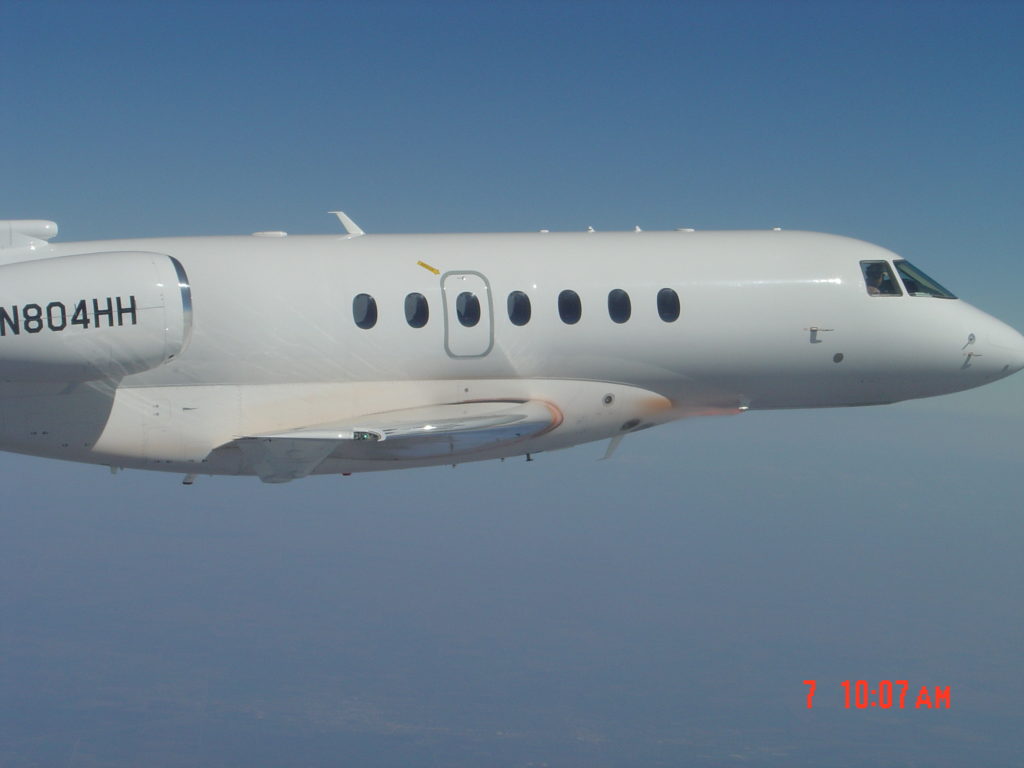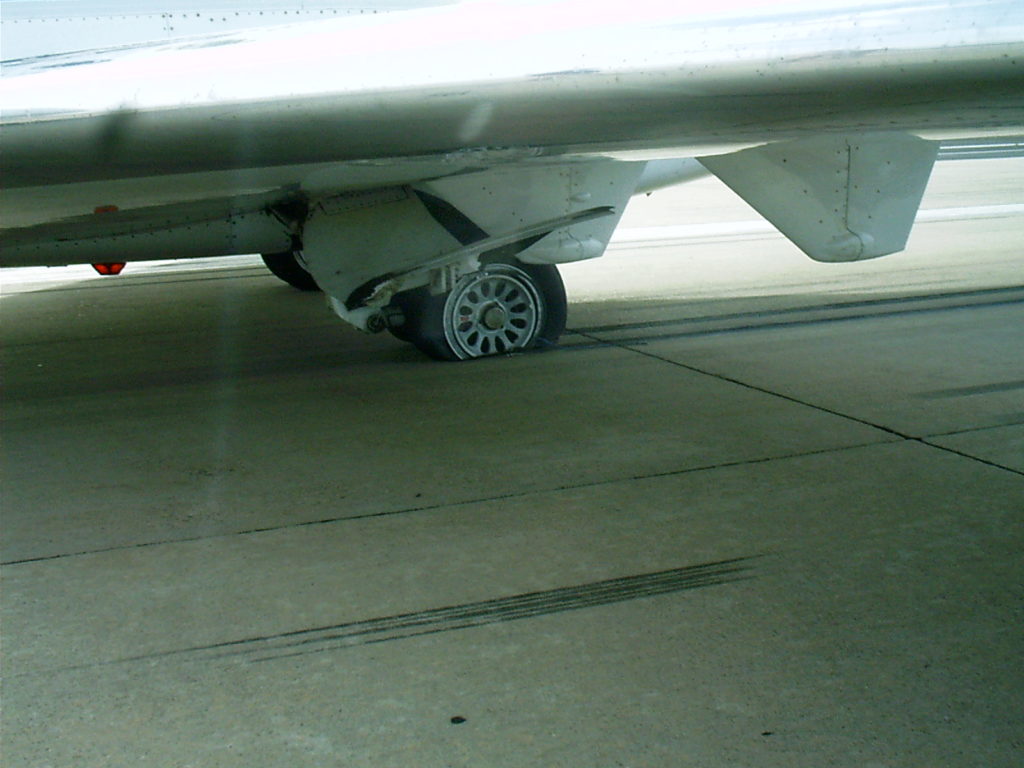Aircraft Information
Aircraft Make: Boeing
Aircraft Model: 777
Aircraft Nickname: “Triple 7”
Aircraft Mil Civ Description: Large Jet
Category: Airplane
Class: Multi Engine Land
Engine Description: Twin Engine
First Flown Information
Sequence First Flown:
Date First Flown: 07/17/2006
Location First Flown: Paine Field, Everett, WA
Who and/or What Organization First Flown With: Boeing flight test. Tom I.
Aircraft Experience
As of: 07/29/2020
Number of Hours Flown: 145
Number of Times Flown: 45
Other Aircraft Models Associated: 777F, 777-9
Recollections: My summary of the 777 is that it is an AMAZING AIRPLANE, performance wise. But (sorry Boeing bubbas), I don’t particularly enjoy it’s handling qualities. They’re not bad…it’s just not as tight as the other Boeings.
First the performance. I might have the numbers slightly wrong but I was part of a crew that flew from Seattle to Cairns, Australia (for the purpose of testing a specific engine thrust configuration (called “Thrust Bump”) that could only be duplicated at Alice Springs, AUS. We took off, flew over 14 hours and landed in Australia. It only took about a “quarter of a tank of gas”. Now, we didn’t have any passengers but, still. Amazing performance!
So, why didn’t I like the way it handled? It just wasn’t “tight”. Starting with the flight control check on the ground….if you move the yoke too rapidly, the airplane starts waggling. It carries on from there. I believe it achieves its impressive performance being being optimized aerodynamically and structurally. That makes for a somewhat “flexible” airplane, which is fine, as long as it’s handled gently. Best flown on autopilot. It’s a very successful airplane, and promises to live on with the advent of the 777-9.
It also has some cool systems, including a “Crew Response Monitor”. This system monitors a number of controls in the cockpit–things like the Flight Management System, radios, and the like. If there are NO INPUTS by the pilot on these monitored systems for a certain amount of time (something like 90 minutes) a Caution level message comes on. Go longer and the message turns Red (warning level). Well, what else are you gonna do on a 14 hour transit but test the “Crew Response Monitor”? So, there we sat…making sure not to touch anything. And the monitor didn’t go off. “Did you touch something, Van?” “Nope, did you Bob?!” And, try as we might, we couldn’t get it to work. Upon landing, we squawked the clearly-inoperative monitor. The response from Engineering (I can just see the engineer rolling their eyes) is “it’s an option, that airplane doesn’t have the option”. Oops. Still need to find an airplane with the option and do that test again.
Oh, yes, and it has a nice Ram Air Turbine (RAT).



